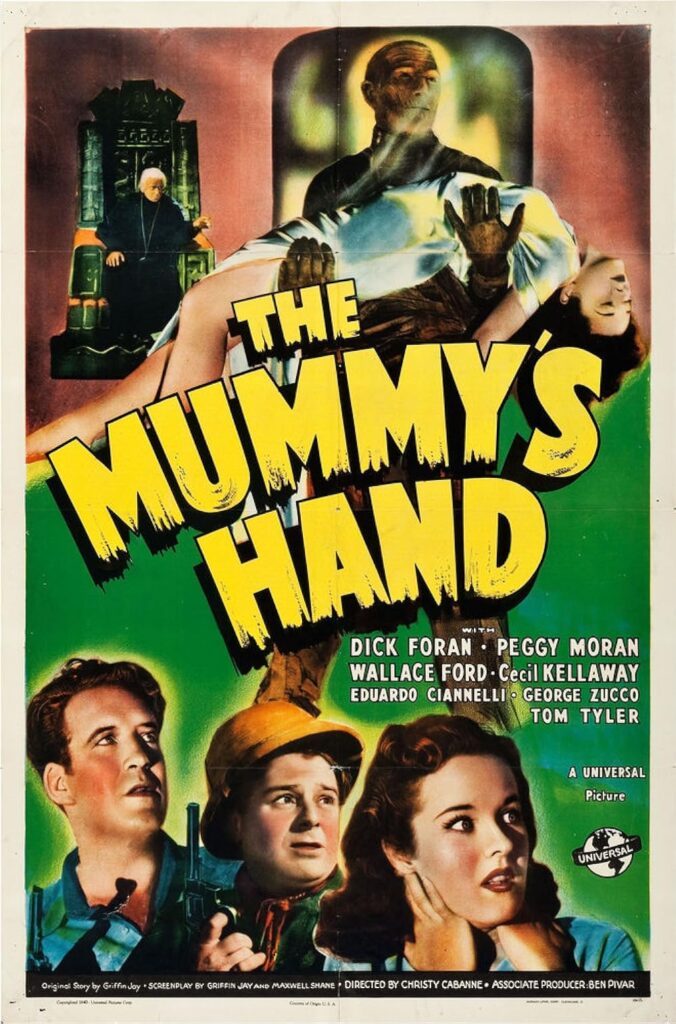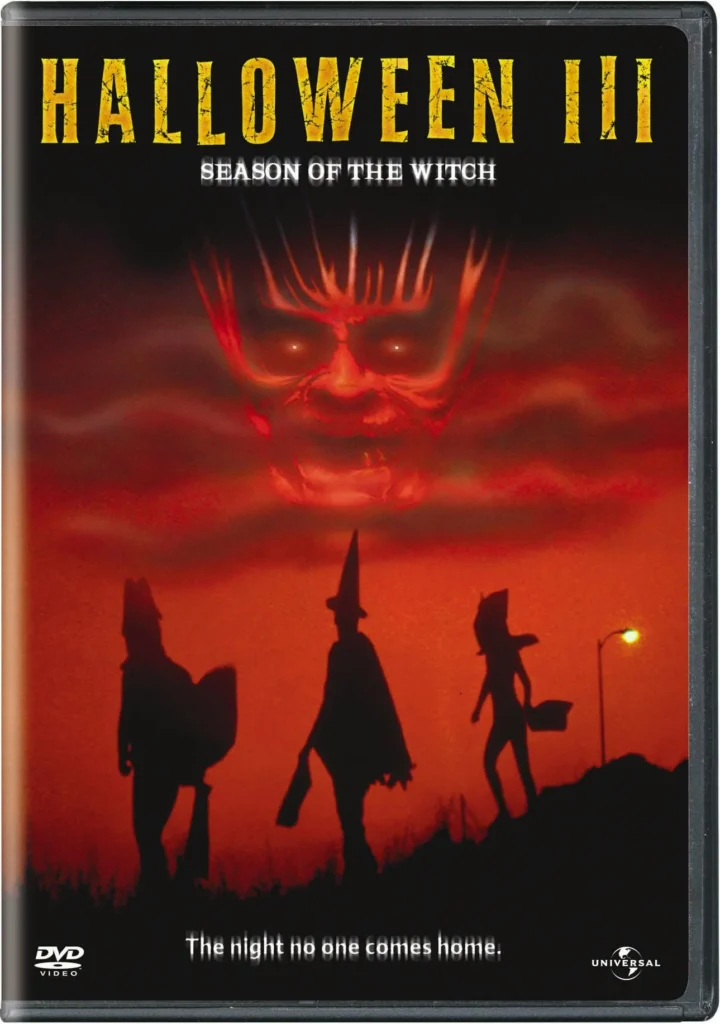The Mummy’s Hand (1940): A Stumble in Universal’s Monster Legacy – Film Review

Released in 1940, “The Mummy’s Hand,” directed by Christy Cabanne, is a notable entry in Universal Studios’ classic monster movie pantheon. However, unlike its 1932 predecessor, “The Mummy,” starring Boris Karloff, this film ventures more into the realms of camp and B-movie territory, losing much of the eerie atmosphere and nuanced storytelling that defined the earlier film.
Plot and Narrative Mechanics: Trading Horror for Adventure
“The Mummy’s Hand” introduces a new mummy, Kharis (played by Tom Tyler), and shifts the narrative focus from the original’s tale of tragic love and reincarnation to a more straightforward adventure-horror story. The plot revolves around a group of archaeologists and an expedition in Egypt, where they inadvertently awaken Kharis, a mummy who is tasked with guarding the tomb of an ancient princess.
While the premise holds promise, the execution leans toward a more formulaic approach, typical of the B-movies of that era. The film mixes elements of horror with lighter, more comedic moments, diluting the sense of dread that is essential in a mummy film. The pacing is uneven, with the buildup to the mummy’s awakening taking up much of the film’s runtime, leaving the climax feeling rushed and underdeveloped.
Behind the Scenes: Budget Constraints and Production Choices
“The Mummy’s Hand” was produced with a significantly lower budget compared to its 1932 predecessor. This limitation is evident in various aspects of the film, from the reuse of footage from the original “The Mummy” to the less elaborate set designs. The film was shot on Universal’s backlot, with minimal on-location shooting, which contributed to a less authentic feel compared to the atmospheric original.
Tom Tyler, known primarily for his roles in Westerns, was cast as Kharis. Tyler’s portrayal of the mummy was markedly different from Karloff’s. Where Karloff’s mummy was a tragic figure, Tyler’s Kharis is more of a standard monster, lacking depth and character development.
Performances: A Mixed Bag of Talent
The cast of “The Mummy’s Hand” includes Dick Foran as the leading man, Steve Banning, and Peggy Moran as the female lead, Marta Solvani. Their performances are adequate for the film’s tone, but they lack the charisma needed to elevate the material. Cecil Kellaway, as the comical sidekick, provides some light-hearted moments, but at times his character’s antics detract from the film’s suspense.
Cinematography and Visual Effects: Functional but Uninspired
The cinematography, handled by Elwood Bredell, is functional but lacks the artistic flair that could have added to the film’s horror elements. The visual effects, particularly the makeup and portrayal of the mummy, are a step down from the original film’s groundbreaking work. The mummy’s appearance is less detailed and more generic, missing an opportunity to instill a genuine sense of terror.
Themes: A Shift from Horror to Adventure
“The Mummy’s Hand” represents a shift in Universal’s approach to its monster films, moving away from pure horror to a blend of horror and adventure. This shift is evident in the film’s lighter tone and its focus on the archaeological expedition rather than the mummy’s backstory. While this approach makes the film more accessible to a wider audience, it also strips away much of the atmospheric dread that defined the earlier mummy films.
Cultural Impact: A Lesser-Known Entry in the Mummy Canon
While “The Mummy’s Hand” never achieved the iconic status of the original “The Mummy” or other Universal monster films, it remains a part of the studio’s rich legacy in early horror cinema. The film contributed to the evolving portrayal of mummies in popular culture, though more as a standard monster rather than a figure of tragic horror.
Final Thoughts
“The Mummy’s Hand,” while a part of the celebrated Universal monster lineup, is a film that falls short of its potential. Its shift towards a more adventure-centric narrative, combined with budgetary constraints, results in a movie that feels like a missed opportunity to further explore the eerie and captivating world of the mummy. While it offers some entertainment value, especially for fans of classic B-movies, it lacks the depth, atmosphere, and artistic craftsmanship that could have made it a worthy successor to the 1932 classic.




